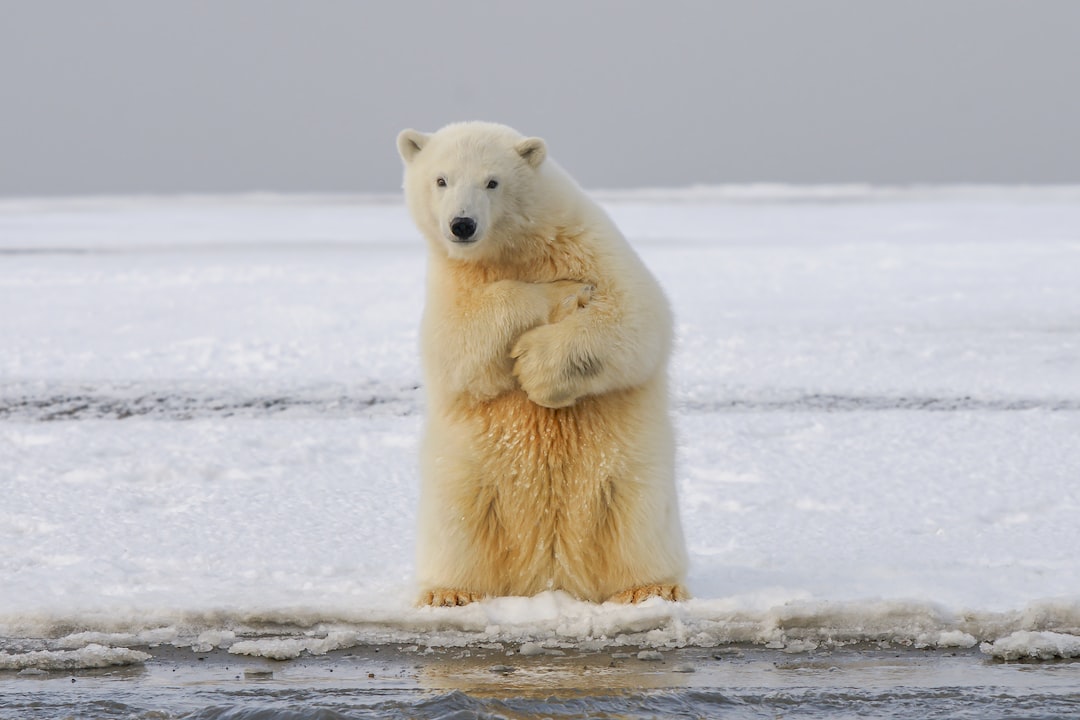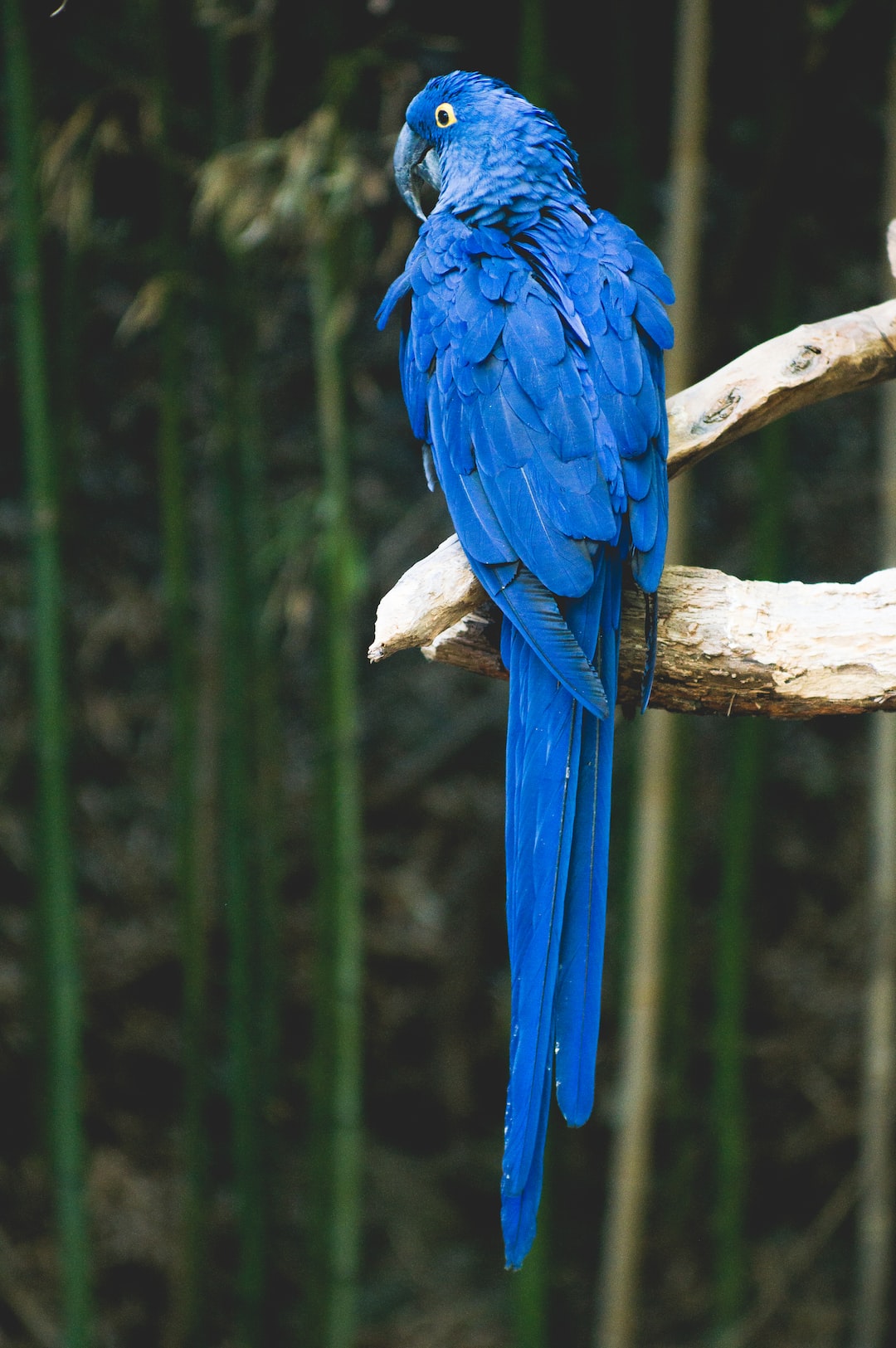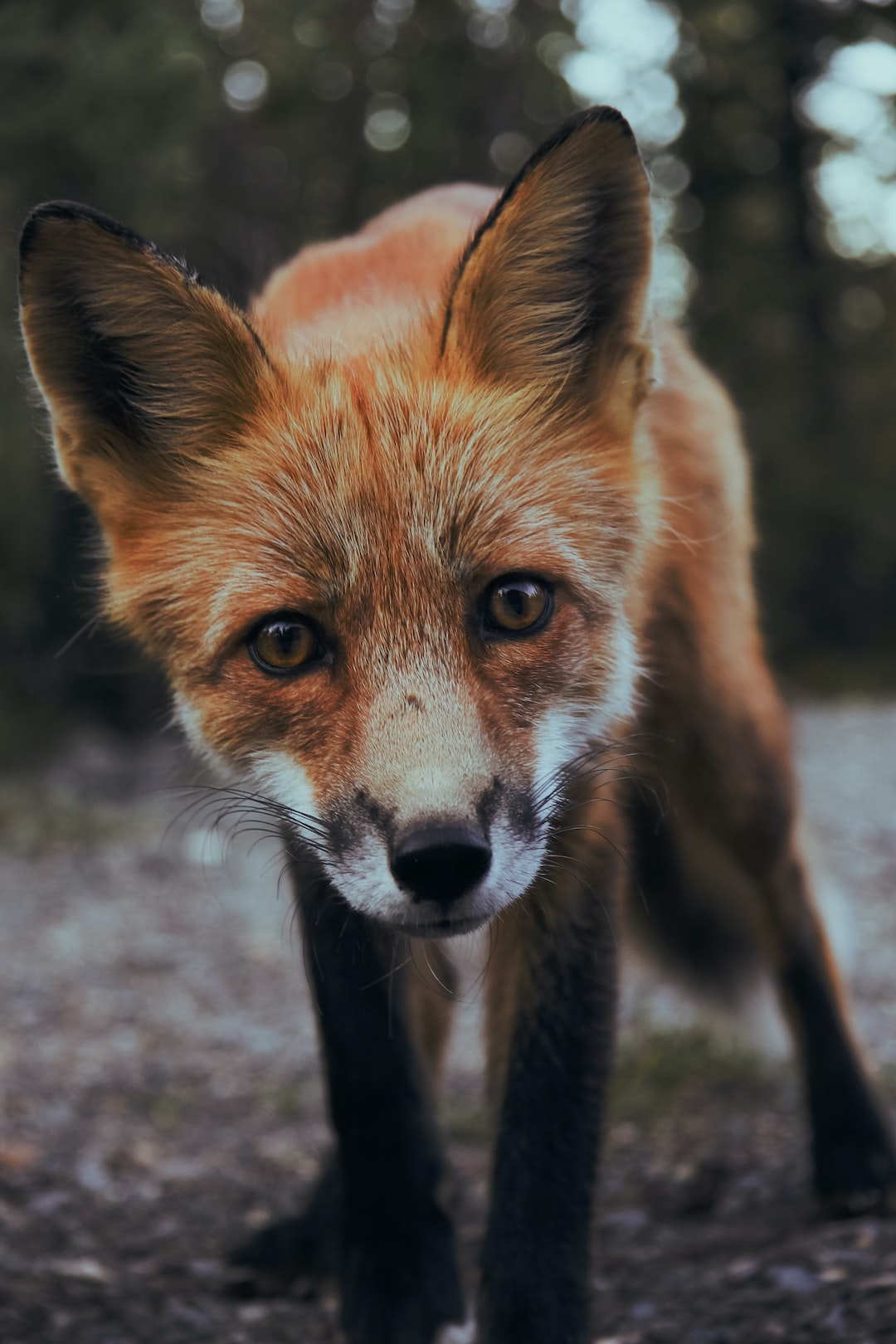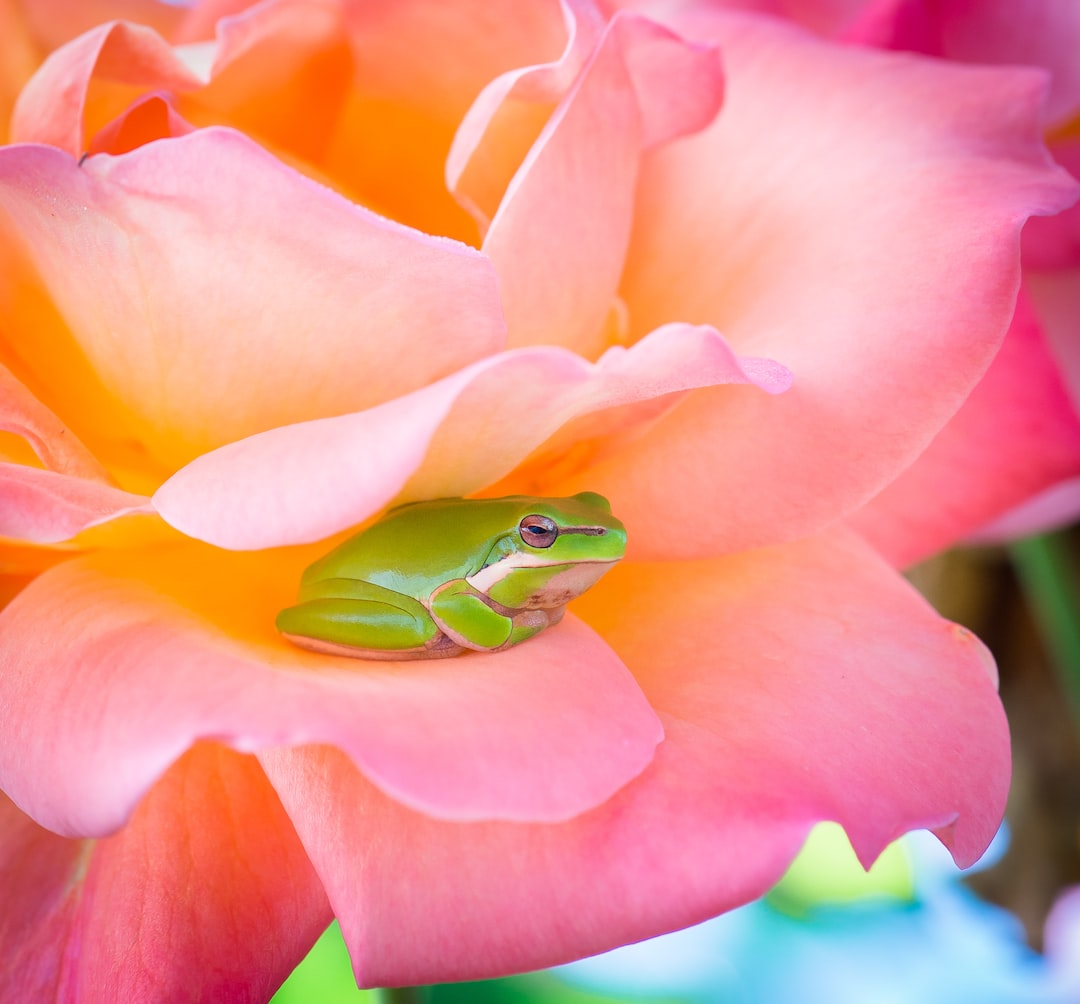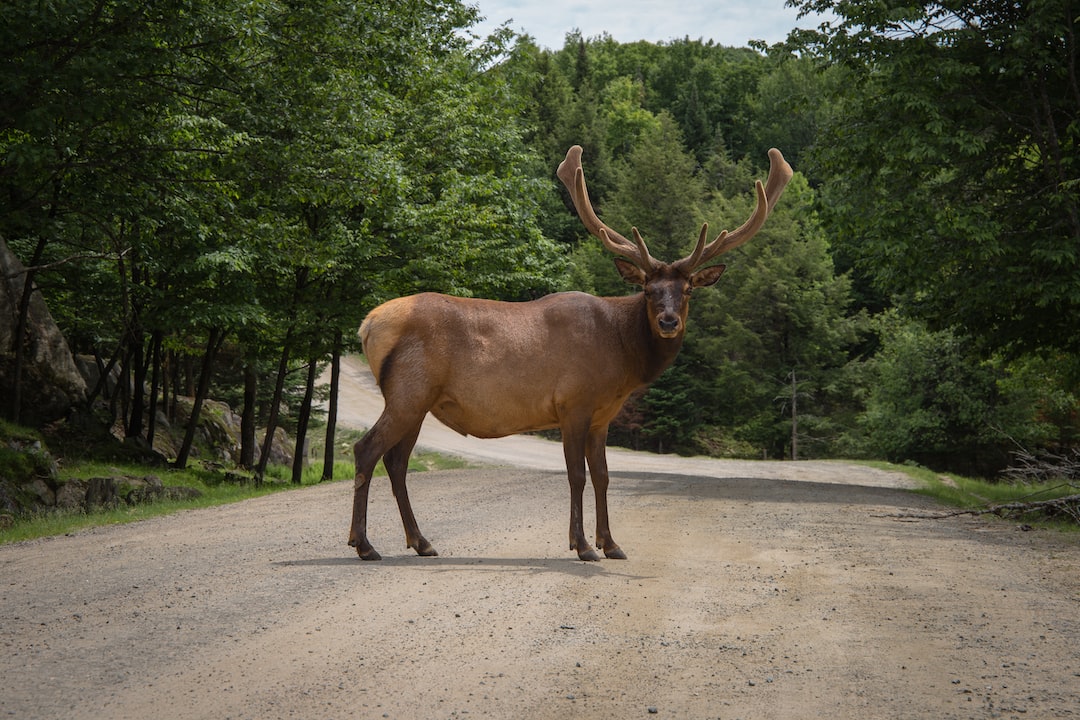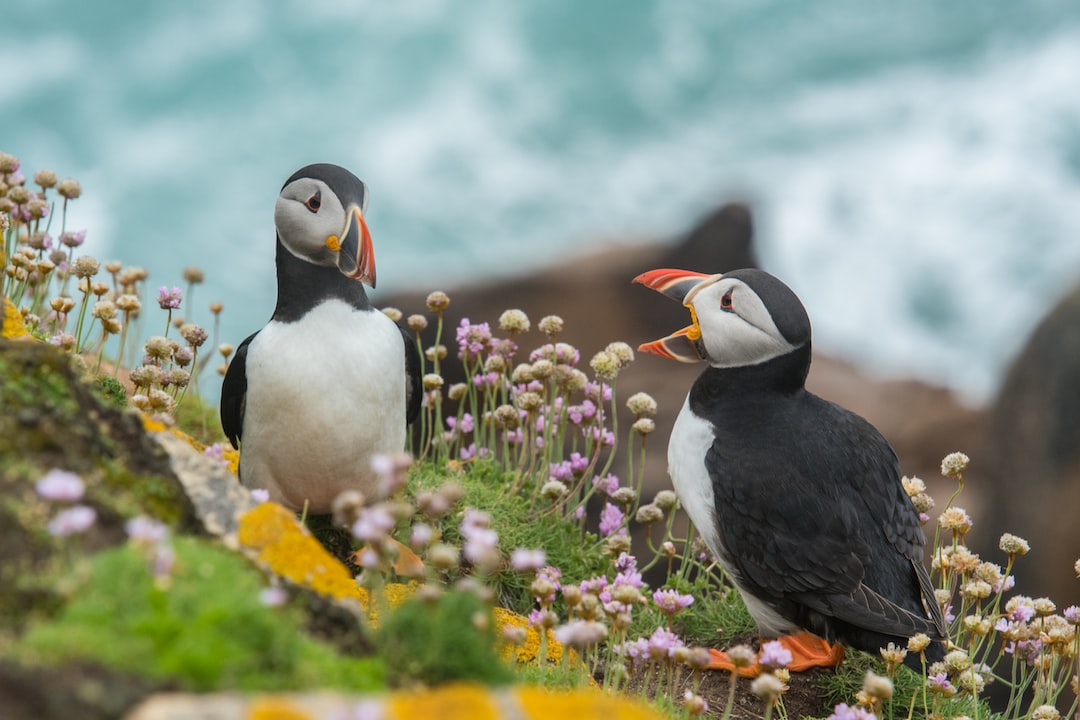Tips for Training Your Cat: From Scratch Post to Litter Box
Cats are known for their independent and self-sufficient nature. However, they are also intelligent creatures that can be trained with patience and persistence. Whether you have a new kitten or an older cat, here are some tips to help you train your feline friend from using a scratch post to using the litter box.
1. Choosing the Right Scratch Post:
Cats have a natural instinct to scratch, which helps them stretch their muscles and mark their territory. Providing them with a suitable scratch post is essential to prevent them from damaging your furniture. Choose a scratch post that is tall enough for your cat to stretch fully and sturdy enough to withstand their scratching. Materials like sisal, cardboard, or wood are ideal choices as they simulate the texture of tree bark, which cats find satisfying to scratch.
2. Location Matters:
Place the scratch post in a location that is easily accessible for your cat. Cats usually scratch upon waking up, after a nice nap, or after using the litter box. Position the post in a quiet area where your cat can easily reach it. Avoid placing the scratch post near their food or litter box, as cats prefer to have separate spaces for different activities.
3. Positive Reinforcement:
Encourage your cat to use the scratch post by rewarding them with treats or praise whenever they use it. As soon as you see your cat approaching the post, use a clicker or a vocal cue such as “good cat!” to let them know they are doing the right thing. Immediately offer them a tasty treat to create a positive association with using the scratch post. Be patient, as it may take some time for your cat to understand what you expect from them.
4. Deterrents for Furniture:
If your cat has a habit of scratching furniture despite having a scratch post, there are several deterrents you can try. Double-sided sticky tape, aluminum foil, or plastic sheeting can be applied to the areas your cat frequently targets. Cats dislike the sticky texture or the crinkling noise these materials produce and will avoid scratching where they are applied. Additionally, you can spray a cat-friendly bitter-tasting deterrent on furniture to discourage scratching.
5. Litter Training for Kittens:
When it comes to litter training, it’s crucial to start early with kittens. Kittens instinctively know how to use a litter box, so all you have to do is introduce them to it. Place the litter box in a quiet, easily accessible spot and show your kitten where it is. After meals or playtime, gently place your kitten in the litter box to encourage them to use it. Do not force them to stay inside; let them explore and use it at their own pace. Gradually, they will associate the litter box with their toileting needs.
6. Litter Box Basics:
Provide a litter box that is large enough for your cat to move around comfortably. Choose a litter that your cat prefers in terms of texture and scent. Most cats prefer unscented clumping litter as it closely mimics the natural texture of dirt. Regularly scoop out waste and solid clumps to keep the litter box clean and appealing to your cat. Aim to have one litter box per cat, plus an additional one, as cats prefer separate areas for urinating and defecating.
7. Troubleshooting Litter Box Issues:
If your cat refuses to use the litter box or starts eliminating outside of it, there could be an underlying issue. Firstly, ensure that the litter box is kept clean and accessible at all times. Cats are clean creatures and avoid soiled or smelly litter boxes. Additionally, stress, medical issues, or changes in the environment can contribute to litter box problems. If the issue persists, consult your veterinarian to rule out any health concerns.
Training your cat takes time and dedication, but the results are worth it. By following these tips, you can successfully train your cat to use a scratch post and a litter box. Remember, patience, positive reinforcement, and understanding your cat’s needs are the keys to a well-trained feline companion.


